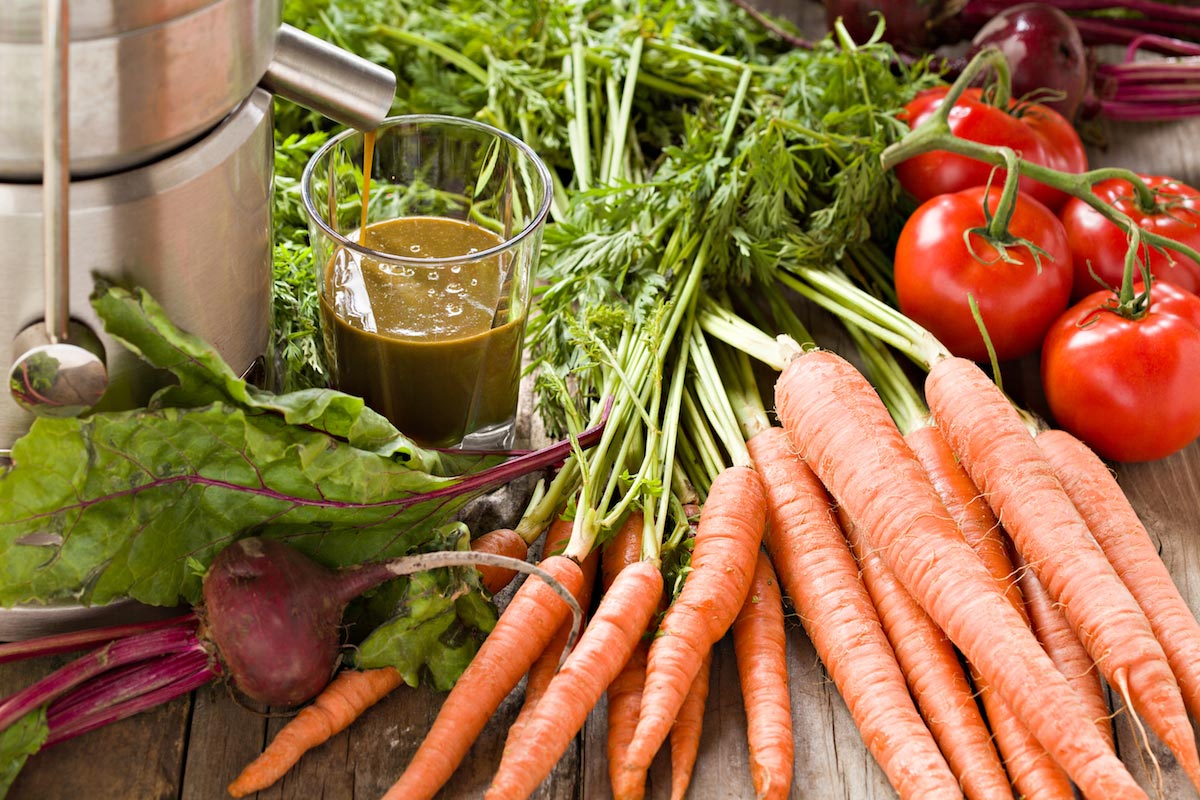
Advertisement
Root vegetables are some of the easiest veggies to grow. As the name implies, these vegetables tend to grow below the soil or on the surface of the soil itself. Most of them, such as carrots, onions, garlic and beets, even grow edible leaves that can be harvested numerous times as the root continues to mature.
That said, growing root vegetables does pose certain challenges. Being roots, these veggies grow out of sight, thus making it difficult to tell if there are problems. But with the right soil and adequate maintenance, you can look forward to a successful harvest in a few months’ time.
Here are some of the most common root vegetables that even beginner gardeners can start planting:
Beetroot
Beetroot isn’t quite as popular as some of its sweeter cousins due to its mild bitter flavor. Its deep red color also tends to stain teeth and hands upon contact. But make no mistake – beetroot is rich in folate, an essential B vitamin that supports cell development and protects against birth defects in pregnant women. To grow beetroot, plant the seeds (or vegetable scraps) at least one month before the last frost. It should take about two months to mature.
Carrot
Carrots are one of the easiest starter vegetables to grow whether indoors or outdoors. That said, the carrots often sold at supermarkets take months to mature. Beginner gardeners can opt for the thin fingerling ones that mature in just a month. When growing carrots, it’s best to use loose, rock-free soil to make it easier for the seeds to sprout.
Horseradish
The horseradish root is often used as a spice or prepared as a condiment. Like carrots, horseradish also requires little maintenance. But take note that this spicy root can quickly take over the garden and re-grow as much as it wants if you don’t pull out the entire plant when harvesting. To control its spread, plant horseradish in deep pots or containers.
Onion
Onions are fast-growing vegetables, especially when grown from seedlings or transplants. If you want onions fast, you can start them from seedlings or small onion bulbs available at most garden centers. If you’re starting from seeds, your onions can take anywhere between 30 to 100 days to mature depending on the variety.
Parsnip
Parsnips can tolerate a wide range of temperatures, but these root veggies tend to make their first appearance in the fall. Loaded with protein, fiber and vitamin C, parsnips are some of the healthiest root vegetables out there. Parsnips take a long time to grow, so plant them as soon as the soil becomes workable after winter.
Potato
Although potatoes are considered stem tubers, most people grow and harvest potatoes just like other root crops. Planting potatoes is also quite simple. Just take half a potato and re-grow the plant from there.
Radish
Radish is one of the fastest-growing vegetables, maturing in just a month. As long as it’s planted in well-drained, rock-free soil, it won’t require much maintenance. To grow radish, plant the seeds in fertile, well-drained soil during spring.
Rutabaga
Rutabagas are versatile crops with a sweet flavor similar to turnips. Their roots ripen best in cool temperatures, so plant them in midsummer and use fertile, well-drained soil. You can expect to harvest them about 90 days after planting.
Sweet potatoes
Sweet potatoes are healthier alternatives to regular spuds for those watching their calorie count. These spuds require little maintenance, and it is also possible to re-grow them from scraps if you want to speed up their growing process, which takes about three to six months.
Turnip
Turnips are often confused for rutabagas. But unlike rutabagas, turnips take just a month to mature after planting. You can also harvest its tender greens multiple times as the root itself continues to grow.
Root vegetables boast incredible nutrition profiles. High in vitamins and minerals absorbed from the soil, these veggies offer remarkable health benefits and healing properties.
Read more tips for growing root vegetables at HomeGardeningNews.com.
Sources:
Advertisements







